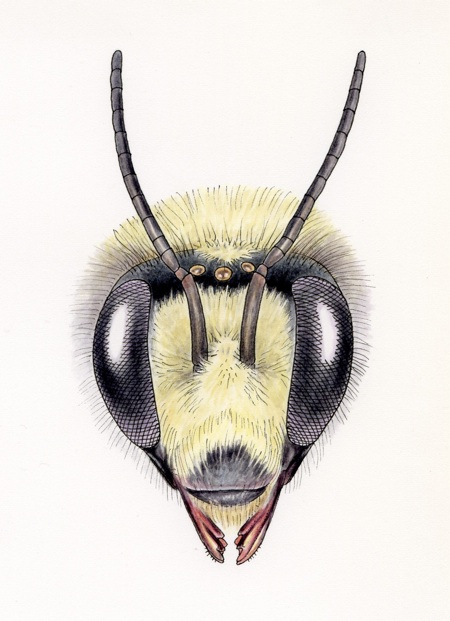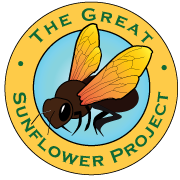
Annual and perennial flowers in the front yard. Fruit trees, vegetable and herds, and a 15’ x 3’ space for sunflowers.
Which garden or space are you describing?:
How large is your yard?:
280.00
square yards
Are there low traffic areas where the soil is not turned over, tilled or plowed?:
Yes
How many flowers in your garden bloom in spring?:
10 or more
How many flowers in your garden bloom in fall?:
10 or more
How many flowers in your garden bloom in summer?:
10 or more
Are flowers planted in clumps?:
Yes.
How much mulch is on the ground?:
Some.
Is there fresh, clean water always available with a perch that bees could stand on and drink?:
Yes
Does the garden use herbicides?:
No.
Are pesticides used in the garden?:
No
